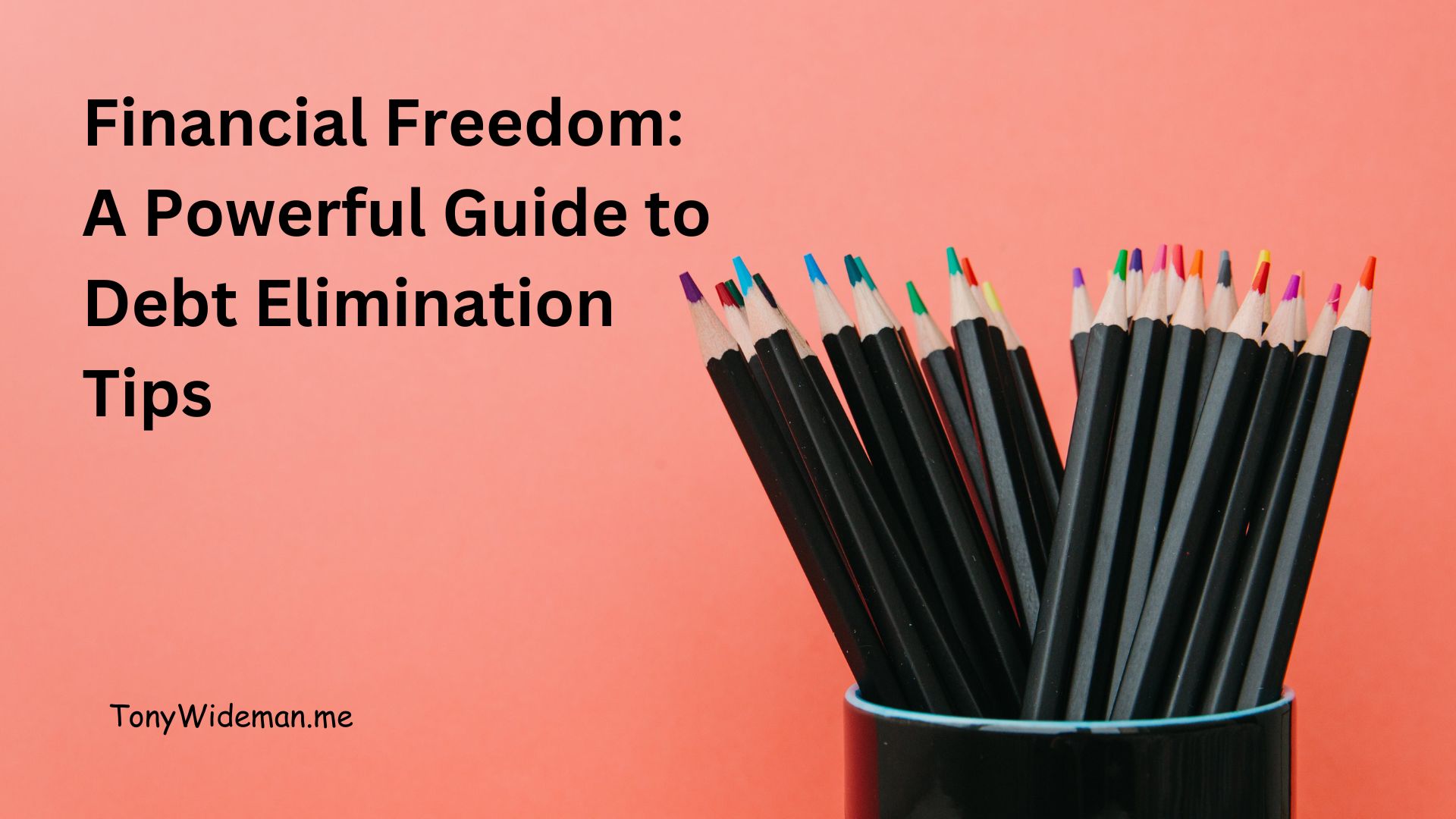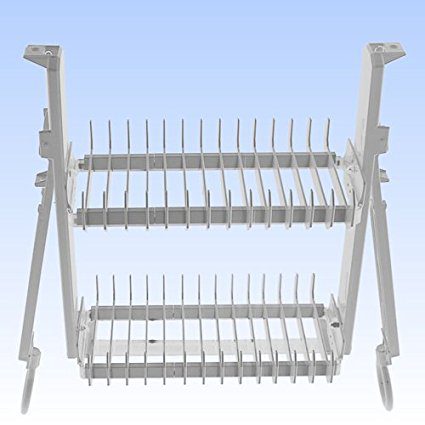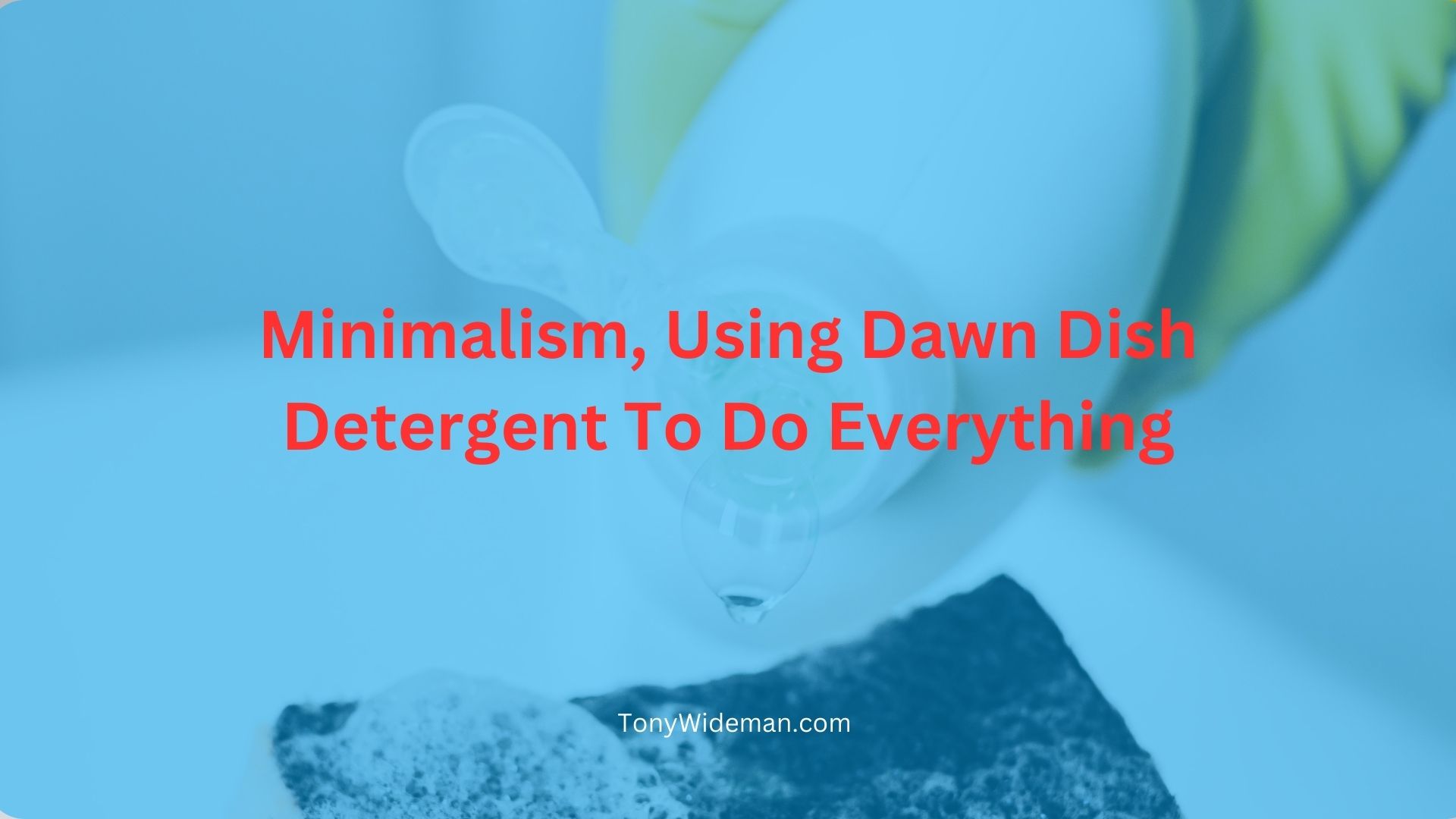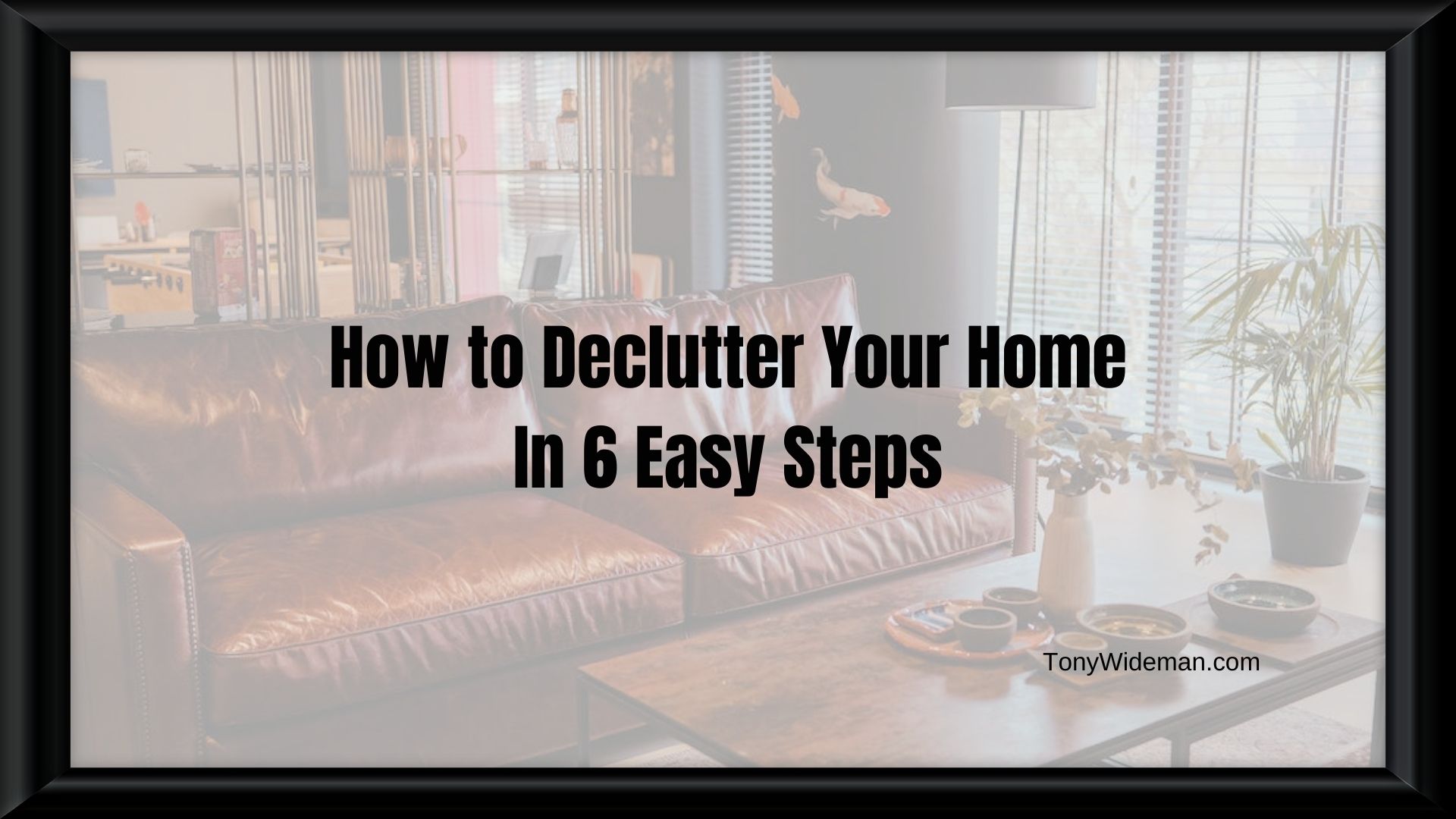9 Things You Need To Stop Doing To Start Living Happier
Being happier and kinder to yourself can sometimes feel out of reach in today’s fast-paced world. I’ve learned from personal experiences that it’s not always about making significant changes or chasing after happiness; more often, it’s about letting go of habits that make life more complicated, stressful, or self-critical. Here, I’ve pulled together nine things that can get in the way, along with down-to-earth ways to stop these habits and create a more joyful and self-accepting life.
Start Living Happier
We all deserve to live with genuine acknowledgment. Many of us find ourselves trapped in patterns of negativity, self-criticism, and emotional turbulence, which prevent us from experiencing the joy and contentment we deeply crave.
A fulfilling existence isn’t found in external achievements or material possessions; it lies within our daily choices, thought patterns, and the incremental progress we make. Research in positive psychology has shown that happiness emerges when we learn to embrace life-affirming practices, enabling us to create the transformational changes necessary for lasting joy and to cultivate a kinder relationship with ourselves.
Happiness isn’t just a destination we reach after checking off particular accomplishments or acquiring specific things. Instead, it’s something we can cultivate through intentional practices and mindset shifts. Research from Harvard’s happiness laboratory reveals that our external circumstances account for only 10% of our overall well-being, while 50% comes from intentional activities and thought patterns that we can control.
The journey toward a happier life requires us to examine both what we need to start embracing and what we need to explore. Much of our suffering stems not from external events, but from our reactions, interpretations, and the stories we tell ourselves. By freeing ourselves from mental overthinking patterns, we can pave the way to greater happiness and fulfillment.
The Overthinking Trap That Steals Our Peace
Overthinking acts like a mental prison that magnifies problems and creates anxiety where none needs to exist. When we replay scenarios endlessly in our minds, analyze every possible outcome, or ruminate on past mistakes, we rob ourselves of present-moment awareness and the ability to take meaningful action.
We’ve observed that overthinking typically follows predictable patterns: catastrophic thinking, where we imagine worst-case scenarios; analysis paralysis, where we become stuck examining options without taking action; and rumination loops, where we repeatedly replay the same thoughts without resolving them.
Practical Strategies for Mental Clarity
Time-Boxing Your Decisions
We recommend implementing strict time boundaries for different types of decisions. For minor daily choices – what to eat for lunch, which route to take to work, or when to respond to emails – limit yourself to 30 seconds or less. For more significant decisions that could impact your career or relationships, set a maximum deadline of 24 to 48 hours.
This approach forces your brain to work with available information rather than seeking perfect knowledge, which rarely exists. The goal isn’t to make perfect decisions, but to make good enough decisions quickly and then commit to making them.
Creating Environmental Cues for Simplicity
Place visual reminders in your environment that promote mental clarity. A simple note on your mirror, “Keep it simple” or “Trust your instincts,” can redirect your mind when it starts spiraling into complexity. We’ve found that environmental design significantly influences mental states – your physical space should support mental peace, not chaos.
Why Stopping Certain Habits Makes Room for Real Happiness
Most of us want to be happier, but happiness isn’t something you can add on top of everything else going on in your life. It’s actually much easier to clear out habits that work against your sense of well-being. Making space, physically, mentally, and emotionally, goes a long way toward feeling calmer and more content. Much of this comes down to adopting a minimalist approach to your habits and routines, so you’re not weighed down by things that don’t serve you.
If you’re looking for practical ways to simplify your life and build a stronger foundation of self-kindness, paying attention to the habits you need to ditch is crucial. As you read through, select one or two habits that resonate most with you and start small. Even the smallest changes can make a significant difference. Minor changes are easier to stick with, and they help you see progress faster, encouraging you to keep going.
Getting Started: Recognizing Unhelpful Patterns
Everyone has unhelpful patterns in life; some are obvious, but a lot hide in plain sight. Here are a few signs that certain habits might be holding you back from the kind of self-kindness and happiness you’re after:
- Feeling constantly rushed or pressured
- Frequent negative self-talk or comparing yourself to others
- Difficulty relaxing or enjoying downtime
- Always say “yes” to others, even when running on empty. You’re definitely not alone if
Suppose you see yourself in any of those. These are supeverydaymon struggles that don’t get fixed overnight. Once you’re aware of your habits, you can start making adjustments that create more space for happiness and self-compassion. It’ll be about growing self-awareness, so take it gently and celebrate little wins as you spot them.
9 Things to Stop Doing for a Happier and Self-Kinder Life
Letting go of old habits isn’t always easy, but with a bit of patience (and some trial and error), you’ll likely notice things start to switch up. Here are the nine habits you’ll want to pay attention to:
- Stop Saying “Yes” When You Mean “No”
Trying to please everyone can drain your energy and leave you feeling resentful. When you always say yes, you end up spreading yourself too thin and rarely getting to focus on what truly makes you happy. Practice pausing before answering, and give yourself time to reflect on whether you genuinely want to commit. It’s surprising how freeing it feels to start honoring what you need. Listening to your gut helps build trust in yourself and teaches others to respect your boundaries. - Drop the Habit of Comparing Yourself to Others
Social media, old-school friends, and even what family members are doing – it’s way too easy to fall into the comparison trap. I’ve found that constantly measuring my progress against others brings unnecessary stress and dampens my sense of self-worth. Remind yourself often: what you see in a highlight reel, not the whole story. Focusing on your own growth is much more satisfying than trying to keep up with someone else’s timeline. Embrace your unique path, and applaud your own efforts. - Let Go of Perfectionism
That need to get everything just right can really slow you down and suck the fun out of life. For a long time, I thought aiming for perfection was a good thing. But perfectionism usually leads to frustration, procrastination, and endless second-guessing. Learning to embrace “good enough” gives you space to try new things and enjoy what you’re working on, mistakes and all. The beauty of making room for imperfection is that it often sparks creativity and a lightness you might have missed otherwise. - Stop Holding On to Clutter—Physical and Mental
Stuff builds up fast, both in your surroundings and your thoughts. Feeling at peace is tough when your home is overstuffed or your mind is crowded with old regrets or worries. Start by clearing out one shelf, inbox, or area of your mind (maybe with some journaling). Even small steps can clear up the fog and help you feel more at ease. As you gradually let go of surplus belongings or unhelpful thoughts, you may find clarity about what truly matters bubbling to the surface. - Quit Negative Self-Talk
You’d probably be shocked if you caught a friend saying half the things you say to yourself. Self-criticism chips away at your confidence and keeps you stuck in old stories. The first step is noticing the words and tone you use with yourself. Try swapping out “I always mess things up” for more neutral or supportive phrases like “I’m learning as I go.” It takes practice, but those kinder inner conversations build up real self-trust. Celebrate every time you catch that negative voice and turn it into something more encouraging. - Don’t Ignore Your Own Needs
Putting everyone else first is a tough habit to break, especially if you’re a natural caregiver. However, burnout can sneak up quickly when you prioritize your needs last. Scheduling even a short break in your day, or treating yourself to something lowkey that you enjoy, sends a message to your mind that you matter, too. You don’t need a huge self-care routine; you need permission to make yourself a priority sometimes. Setting aside “me time” helps you recharge, allowing you to show up for others more fully. - Stop Multitasking All the Time
Checking emails during dinner, juggling phone calls while folding laundry, the constant juggling can leave you frazzled and less present in your own life. Handling one thing at a time lets you fully enjoy what you’re doing and often helps you do it better. Try setting aside just a few minutes daily for singletasking, and see how it feels to slow things down. You’ll likely spot that it brings a sense of calm you didn’t know you were missing. - Let Go of Worrying About Things You Can’t Control
Worry gives you something to do but doesn’t get you anywhere. I used to think fretting meant I cared, but all it did was drain my energy for things I could do something about. Notice when you’re caught up in “what ifs” and gently steer your attention back to what’s within reach. Sometimes that’s all you need to breathe a little easier. Consider making a list of worries to identify one or two that you can take action on, and let the rest go. - Stop Waiting for “Someday”
It’s tempting to put off happiness until everything lines up—the perfect job, the right relationship, the new house. But there’s always a reason to postpone joy if you look for it. I’ve learned that taking small steps, even in imperfect moments, is way more satisfying than chasing a version of life that’s always around the next corner. Enjoying the simple things you have right now brings real peace. Life will never be flawless, but there are bits of good in the present if you look for them.
Practical Tips for Building Self-Kindness into Your Everyday Life
Letting go of old habits creates space, but practicing self-kindness solidifies those changes. Here are a few simple ways I’ve made life a little gentler and happier—for myself and for the people around me:
- Start your day with a “mental check-in.” Taking a few deep breaths or conducting a quick mood scan can help you identify what you need that day. This quick practice signals to your mind that you care about yourself, setting a positive tone for whatever comes next.
- Keep reminders of progress—snap a picture after tidying a space, write down one thing you did well every night, or acknowledge peaceful moments. Visible proof of positive changes can be a huge motivator.
- Share your adventure with someone who “gets it.” Connecting with people who support your growth makes sticking with new habits much easier and more enjoyable.
- Create a physical space for calm, such as a transparent surface, an uncluttered corner, or even a tidy bag. When your surroundings reflect calm, you’re likely to feel relaxed, especially when you have reminders for self-kindness on your phone or in sticky notes. Sometimes, a simple message like “Be gentle with yourself today” can work wonders when your old self-critical habits want to resurface.
Real-Life Benefits of Letting Go
Letting go of these nine habits takes practice, but you’ll likely notice things start to feel lighter over time. Your days might have less chaos, more moments of actual calm, and a sense of connection with yourself that feels way more authentic. Minimalist living is really about your closet or your cale, it’s about making room for a life that feels good to live right now.
If you’re feeling up for it, try choosing just one person this week. The best part is that every single step you take brings a little happiness and kindness into your day—no massive overhaul required, just a series of gentle shifts that add up over time. Wrapping up, remember: being happier and kind to yourself is less about chasing perfection and more about letting go of what holds you back.
Curating Your Emotional Environment for Positivity
The Hidden Impact of Negative Influences
Your emotional state is profoundly shaped by the people, media, and information you regularly consume. Just as our bodies absorb nutrients or toxins from food, our minds absorb emotional energy from our surroundings. Negative influences don’t just affect our mood temporarily – they rewire our neural circuitry and become our default way of processing the world.
Consider the cumulative effect of spending time with chronically negative people, consuming fear-based news content, or engaging with social media that promotes comparison and inadequacy. These influences create a baseline of anxiety and dissatisfaction that makes happiness feel elusive and temporary.
Strategic Relationship and Media Curation
The 80/20 Emotional Audit
We recommend conducting a thorough audit of your emotional inputs. List the top 10 people you spend the most time with and rate how you feel after interactions with each person. Do the same exercise with media sources, social media accounts, and entertainment choices.
Identify the 20% of influences that create 80% of your negative emotions, then systematically reduce exposure to these sources. Replace this time with uplifting content and relationships that inspire growth, creativity, and a positive outlook.
Building a Support Network of Positive Influences
Actively seek out people who embody the qualities you want to develop. This might include joining communities centered around personal growth, volunteering for causes you care about, or finding mentors who’ve created the kind of life you admire. Remember that you become similar to the five people you spend the most time with – choose these relationships intentionally.
Mastering Present-Moment Awareness
Escaping the Past-Future Mental Loop
Our minds naturally drift between regret about the past and anxiety about the future, missing the only moment where life actually happens – right now. Past-focused thinking often involves replaying mistakes, wondering “what if,” or idealizing previous experiences. Future-focused anxiety creates imaginary problems and builds elaborate worry scenarios that rarely materialize.
Present-moment awareness isn’t about never planning or learning from experience. Instead, it’s about recognizing when our mental time travel becomes destructive and learning to ground ourselves in the present reality.
Developing Mindful Presence Techniques
The 5-4-3-2-1 Grounding Method
When you notice your mind spinning into past regrets or future worries, use this sensory technique to return to the present:
- Notice five things you can see in your immediate environment
- Identify four things you can physically feel (your clothes, chair, temperature)
- Listen for three distinct sounds around you
- Find two different scents you can smell
- Notice one taste currently in your mouth
This technique interrupts rumination and reconnects you with immediate sensory reality.
Breath-Based Mindfulness Practice
Establish a daily practice of spending 10-15 minutes focusing solely on your breath. This isn’t about controlling your breathing, but simply observing the natural rhythm of inhalation and exhalation. When your mind wanders (which it will), gently return attention to your breath without self-judgment.
Redefining Your Happiness Baseline
The Trap of Conditional Happiness
Many of us unconsciously set happiness conditions that are too high or too infrequent. We tell ourselves we’ll be happy when we get the promotion, lose the weight, find the perfect relationship, or achieve some other milestone. This conditional approach means we spend most of our lives in a state of “not yet happy,” waiting for external circumstances to align perfectly.
Research on hedonic adaptation reveals that we quickly return to our baseline happiness l
evels, even after experiencing positive events. The promotion brings temporary joy, but within weeks, we’re focused on the next achievement. This suggests that sustainable happiness must come from adjusting our baseline expectations, not from achieving bigger goals.
Cultivating Low-Bar Happiness
Daily Appreciation Practices
Each morning, set an intention to find joy in ordinary moments. This might mean savoring your first sip of coffee, appreciating a conversation with a colleague, or enjoying the feeling of sunlight on your skin. The goal is to notice and acknowledge small positive experiences throughout your day.
Keep a “micro-moments of joy” journal where you record three small things that pleased you each day. These might include a stranger’s smile, a good song on the radio, or the satisfaction of completing a task. Over time, this practice trains your brain to notice positive experiences that were always present but previously overlooked.
Gratitude Integration Techniques
Rather than treating gratitude as a separate practice, integrate appreciation into routine activities. While washing dishes, appreciate having food to eat and clean water to drink. While commuting, feel grateful for the ability to travel safely. While working, acknowledge the opportunity to use your skills and contribute value.
This integrated approach makes gratitude a natural part of daily life rather than another item on your self-improvement to-do list.
Developing Self-Compassionate Comparison Practices
The Comparison Trap That Destroys Self-Worth
Social comparison is hardwired into human psychology, but modern society has amplified this tendency to destructive levels. Perfectionmedia provides endless opportunities to compare your behind-the-scenes reality with others’ highlight reels. Even offline, we compare our careers, relationships, possessions, and achievements in ways that consistently leave us feeling inadequate.
The fundamental problem with external comparison is that it’s based on incomplete information. You’re comparing your f
ull internal experience – including struggles, doubts, and failures – with others’ carefully curated external presentations. This creates an inherently unfair comparison that will always leave you feeling deficient.
Building a Growth-Focused Identity
Personal Progress Tracking Methods
Create a personal growth journal that focuses exclusively on your own development over time. Each month, write about:
- Skills you’ve developed or improved
- Challenges you’ve overcome
- Ways you’ve helped others or contributed positively
- Moments when you demonstrated courage, kindness, or resilience
- Goals you’ve made progress toward, regardless of completion
Review these entries quarterly to see patterns of growth and development that might otherwise go unnoticed.
Celebrating Incremental Progress
Develop rituals for acknowledging small victories and progress. This might involve treating yourself to a favorite activity after completing a challenging task, sharing accomplishments with supportive friends, or simply taking a moment to acknowledge your efforts internally.
The key is recognizing that growth happens in small, daily actions rather than dramatic breakthroughs. By celebrating incremental progress, you build positive associations with effort and improvement.
Embracing Mindful Pace and Intentional Living
The Hidden Costs of Constant Rush
Living in a perpetual state of hurry creates chronic stress, reduces our ability to fully enjoy experiences, and makes everything feel urgent and overwhelming. When we’re always rushing, we miss the subtle pleasures of life – the taste of food, the beauty in our environment, the warmth of human connections.
High-speed living also impairs decision-making and creative thinking. Our best insights often emerge during slower, more reflective moments when our minds have space to make new connections and process experiences.
Cultivating Intentional Slowness
Mindful Daily Activities
Choose one routine activity each day to perform with complete attention and a slower pace. This might be eating lunch without distractions, walking to your car mindfully, or having a fully present conversation with a family member.
During these activities, take note of the difference in your stress levels, enjoyment, and awareness. Use these experiences as anchors that remind you of the benefits of slowing down.
Creating Buffer Time
Build extra time into your schedule for transitions between activities. Instead of rushing from one appointment to the next, create 10-15 minute buffers that allow you to arrive calmly and mentally prepare for what’s next. This simple change reduces stress and improves your effectiveness in each activity.
Processing Emotions with Authentic Self-Acceptance
The Danger of Emotional Suppression
Many people believe that positive thinking means avoiding or suppressing negative emotions. However, research shows that attempting to push a
Complicated feelings often intensify and create additional problems. Emotions contain essential information about our needs, boundaries, and values; when we ignore these signals, we miss opportunities for growth and self-awareness.
Authentic happiness includes the full spectrum of human emotions. The goal isn’t to feel positive all the time, but to develop a healthy relationship with all of your emotional experiences.
Developing Emotional Intelligence and Processing Skills
The RAIN Technique for Difficult Emotions
When experiencing challenging emotions, use this four-step process:
- Recognize: Notice and name the emotion you’re experiencing
- Allow: Permit yourself to feel this emotion without judgment
- Investigate: Explore the emotion with curiosity – where do you feel it in your body? What triggered it? What does it need?
- Nurture: Offer yourself the same kindness you’d give a good friend experiencing difficulty
This approach transforms your relationship with difficult emotions from avoidance to acceptance and learning.
Journaling for Emotional Clarity
Establish a regular journaling practice specifically for emotional processing. When you’re experiencing persistent negative emotions, write continuously for 10-15 minutes without editing or censoring yourself. This practice helps externalize internal experiences and often reveals insights that weren’t apparent while the emotions remained unexpressed.
After releasing emotions through writing, shift into problem-solving mode. Ask yourself: “What small action could I take to improve this situation?” Focus on what’s within your control rather than what you wish would change externally.
Prioritizing What Truly Matters in Your Life
The Energy Drain of Misaligned Priorities
Many people live according to inherited expectations, social pressures, or unconscious habits rather than their authentic values and desires. This misalignment creates a persistent sense of dissatisfaction and exhaustion, as energy gets dispersed across activities that don’t truly matter to you.
When your daily actions align with your deepest values and priorities, you experience more energy, focus, and intrinsic motivation. Work feels meaningful, relationships feel nourishing, and challenges feel worthwhile rather than overwhelming.
Creating a Values-Based Life Structure
The Four Pillars Priority Framework
Identify the four most important areas of your life for this year. These might include:
- Health and physical vitality
- Close relationships and family
- Career or creative expression
- Personal growth or spirituality
- Community contribution or service
Write these four priorities on a card you’ll see daily. Before committing to new activities or obligations, ask yourself: “Does this support one of my four priorities?” If not, consider declining or delegating.
Energy Audit and Reallocation
Track how you spend your time and energy for one week without trying to change anything – observe. Then categorize activities based on whether they align with your four priorities or drain energy without adding value.
Gradually reduce time spent on activities that don’t serve your priorities and reinvest that energy into what matters most. This might mean saying no to social obligations that feel draining, reducing time spent on entertainment that doesn’t truly refresh you, or delegating tasks that others could handle.
Taking Ownership of Your Happiness Journey
Moving Beyond External Validation
One of the most disempowering beliefs is that our happiness depends primarily on the actions, external circumstances, or future achievements of others. While relationships and circumstances certainly influence our well-being, placing primary responsibility for our happiness on external factors can create a victim mindset and foster chronic dissatisfaction.
Taking ownership doesn’t mean denying the impact of difficult circumstances or the importance of supportive relationships; it means acknowledging them and working to overcome them. Instead, it means recognizing that your response to circumstances – and your daily choices about attention, behavior, and perspective – significantly influence your quality of life.
Proactive Happiness Creation Strategies
The Daily Happiness Investment Practice
Each morning, identify three specific actions you can take that day to increase your well-being. These might include:
- Reaching out to a friend you appreciate
- Spending time in nature
- Engaging in a creative activity
- Practicing gratitude or meditation
- Learning something new
- Helping someone else
By starting each day with the intention to create positive experiences, you become the active author of your emotional life rather than a passive recipient of whatever happens to you.
Building Positive Momentum Through Small Actions
Happiness builds up through the accumulation of small choices rather than dramatic life changes. Focus on creating positive momentum through consistent, manageable actions that lead to greater well-being.
This might involve establishing a morning routine that sets your day off on a positive note, creating weekly rituals that bring you joy, or developing skills that enhance your confidence and competence over time.
The Science Behind Sustainable Happiness
Neuroplasticity and Habit Formation
Recent neuroscience research reveals that our brains remain changeable throughout our lives. The neural pathways associated with negative thinking patterns, stress responses, and unhelpful behaviors can be rewired through consistent practice of new habits.
However, this process requires patience and persistence. Most happiness interventions require consistent practice for 6-8 weeks before they become automatic. Understanding this timeline helps maintain motivation when initial enthusiasm wanes.
Evidence-Based Happiness Practices
Research consistently supports several specific practices for increasing well-being:
- Regular meditation or mindfulness practice (10-20 minutes daily)
- Physical exercise, particularly outdoor activities
- Social connection and meaningful relationships
- Acts of kindness and contributions to others
- Gratitude practices and appreciation exercises
- Pursuing activities that create “flow” states
- Adequate sleep and stress management
The key is selecting practices that resonate with your personality and lifestyle, then implementing them consistently rather than trying to adopt every possible strategy at once.
Creating Your Personal Happiness Action Plan
Gradual Implementation Strategy
Rather than attempting to transform every aspect of your life simultaneously, we recommend a gradual approach that builds sustainable change over time. Choose 2-3 practices from this guide that feel most relevant to your current situation and commit to implementing them consistently for one month.
After these practices become more natural, gradually add additional strategies. This approach prevents overwhelm and increases the likelihood that changes will become permanent rather than temporary enthusiasm.
Long-term Maintenance and Growth
Happiness isn’t a goal you achieve once and maintain effortlessly. It requires ongoing attention and adjustment as your life circumstances change. Regularly reassess your practices, priorities, and progress to ensure they continue serving your well-being.
Consider working with a therapist, coach, or support group if you find yourself struggling to implement these changes independently. Sometimes external support provides the accountability and perspective needed to break persistent negative patterns.
The journey toward a happier, more self-compassionate life is profoundly personal and unfolds at its own pace. By committing to the practices outlined in this guide and approaching yourself with patience and kindness, you create the foundation for lasting well-being and authentic joy. Remember that every small step toward greater happiness benefits not only you, but also everyone whose life you touch along the way.
Common Questions About Minimalist Living and Happier Habits
These are some questions I get a lot from friends and readers who want to make their lives happier and more self-kind:
Question: Is it really necessary to give up everything to feel happier?
Answer: Not at all! Minimalist living isn’t about having nothing. It’s about being thoughtful with what you keep and what you let go of, physically, mentally, and emotionally. You want to hang onto what supports your well-being, not add guilt or pressure to cut out things that genuinely bring you joy.
Question: How do you stop comparing yourself to others when social media is everywhere?
Answer: It’s not easy! Sometimes I take breaks from Instagram or mute accounts that make me feel less than. Replacing scrolling with something creative or restful works wonders and helps shift focus back to what matters in real life. Try curating your feed to prioritize what sparks joy and reminds you of your own journey, rather than concentrating on comparison.
Question: What if I slip back into old habits?
Answer: Slipping up is normal and doesn’t undo your progress. When I catch myself falling into a returning pattern, I notice, do a little self-kindness reset, and keep going. Changing habits takes time, and forgiving yourself makes it easier to stick with new ones in the long run. Remember, it’s a process—nobody gets a perfect career.






